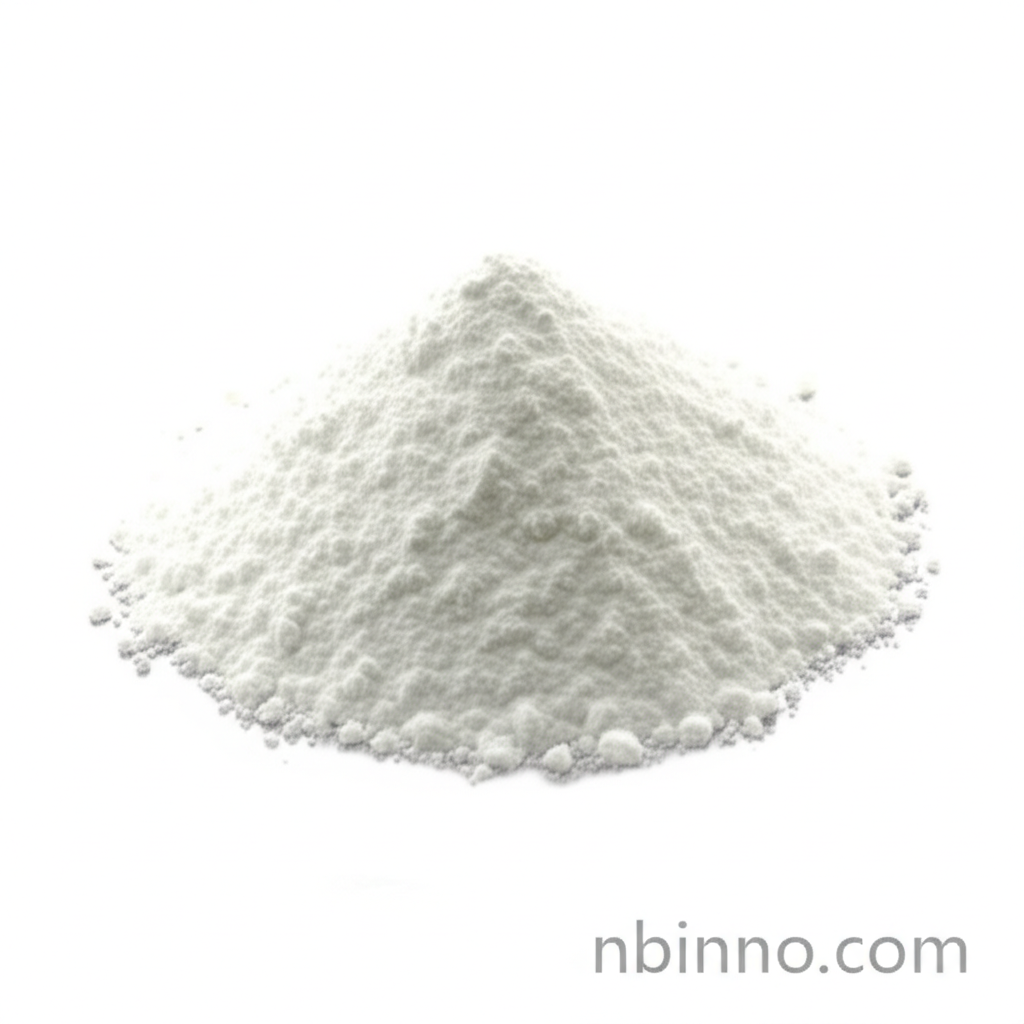3-(Trihydroxysilyl)propanesulfonic Acid: A Versatile Fine Chemical for Advanced Applications
Explore the unique properties and applications of this advanced silane derivative.
Get a Quote & SampleProduct Core Value

3-(Trihydroxysilyl)propanesulfonic acid
This compound is a crucial fine chemical, distinguished by its dual silane and sulfonic acid functional groups. Its unique chemical structure makes it highly valuable in various high-tech applications, particularly in material science and energy sectors. The high purity of 99% ensures reliable performance in demanding processes.
- Discover the properties of 3-(Trihydroxysilyl)propanesulfonic acid, a key component for next-generation material formulations.
- Learn about the applications of sulfonic acid silane, focusing on its role in creating specialized materials with enhanced characteristics.
- Explore the benefits of using 3-(Trihydroxysilyl)propanesulfonic acid CAS 70942-24-4 in cutting-edge research and industrial processes.
- Understand why sourcing 3-(Trihydroxysilyl)propanesulfonic acid suppliers China is critical for cost-effective and reliable procurement.
Advantages of Using This Product
Enhanced Material Properties
The synergistic effect of silane and sulfonic acid groups allows for the modification of material surfaces and bulk properties, crucial for applications like nanoscale ionic silicas.
Superior Performance in Energy Applications
Its utility in developing fuel cell electrodes underscores its importance in advancing clean energy technologies, offering improved conductivity and stability.
Chemical Versatility
The dual functionality provides chemists and material scientists with a versatile tool for synthesis and modification, enabling the creation of novel compounds and advanced materials.
Key Applications
Nanoscale Ionic Silicas Preparation
Utilizing the unique properties of 3-Sulfopropylsilanetriol properties, this acid is instrumental in the precise synthesis of nanoscale ionic silicas for specialized applications.
Fuel Cell Electrode Development
The material's contribution to fuel cell electrodes highlights its role in the development of efficient and durable energy conversion devices.
Advanced Material Synthesis
As a key fine chemical CAS 70942-24-4, it serves as a building block for a wide array of advanced materials requiring specific surface or bulk modifications.
Chemical Research and Development
Researchers leverage this compound for exploring new chemical pathways and creating innovative solutions, emphasizing its importance in chemical R&D.
